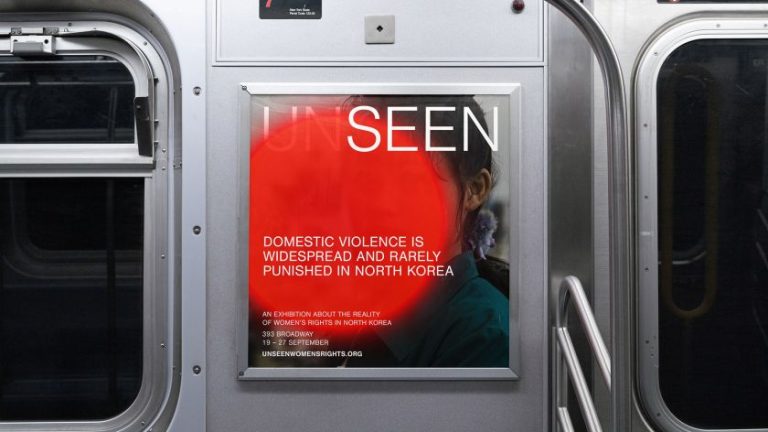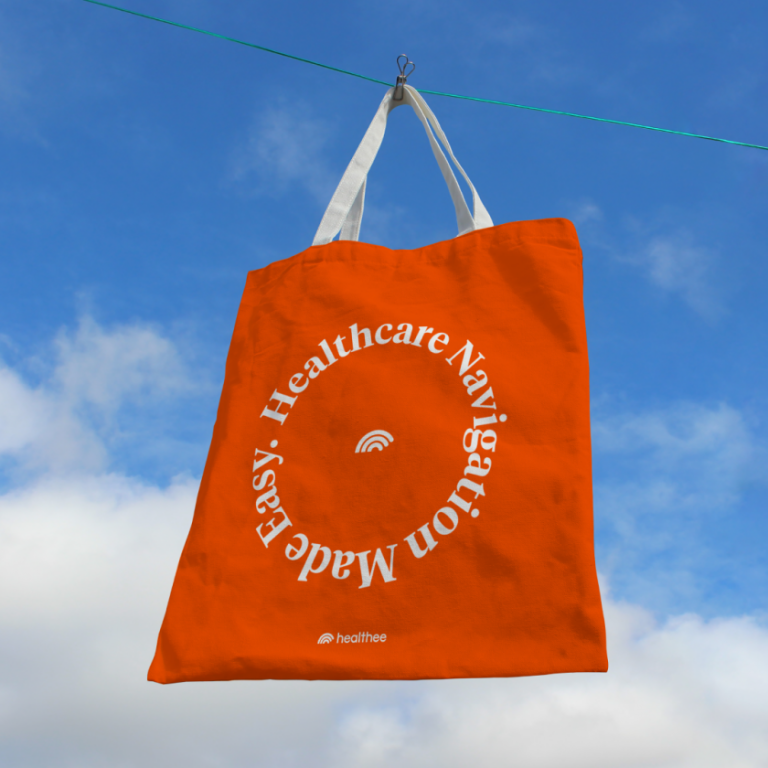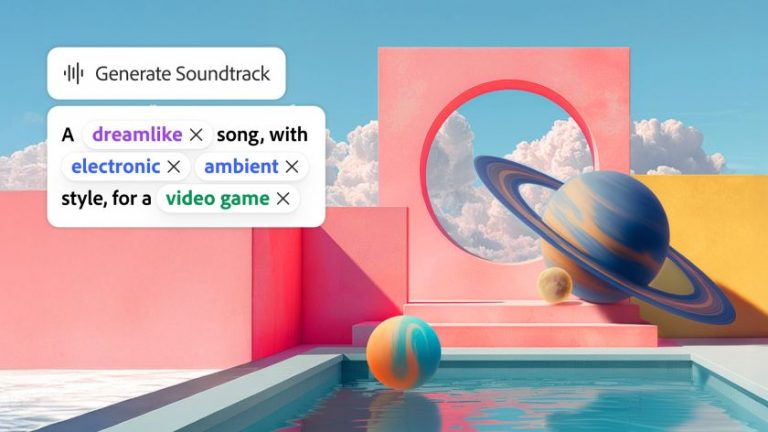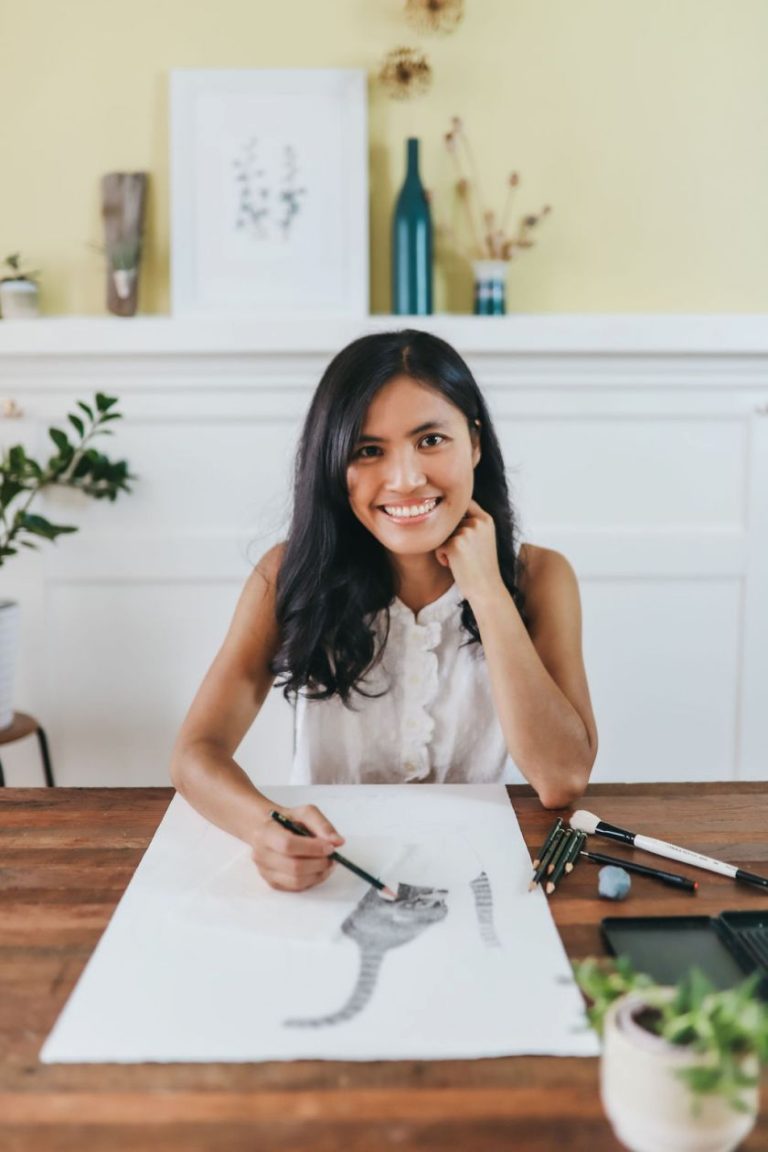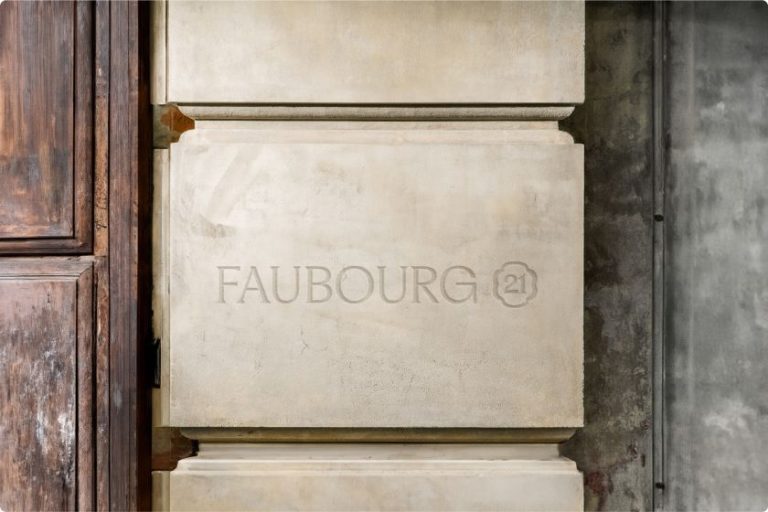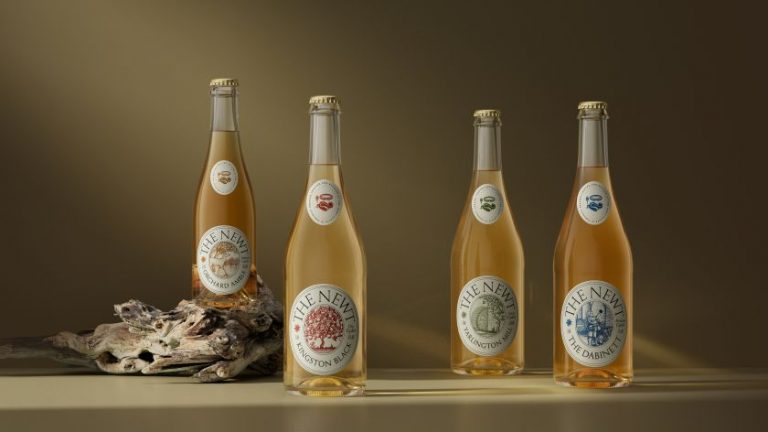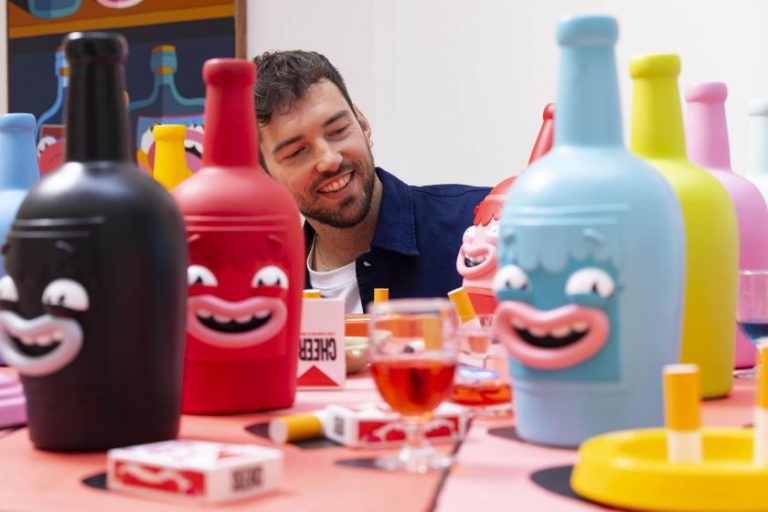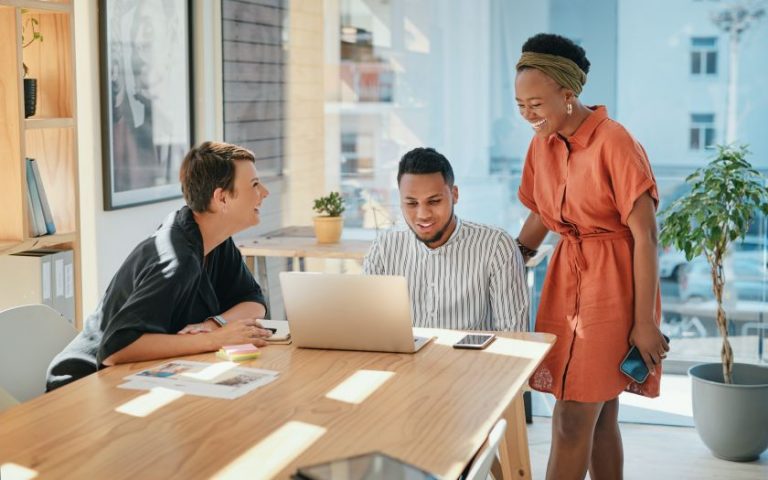All photos of the collection taken by Benjamin Helle.
France-based multidisciplinary creative Miki Lowe has collaborated with sustainable furniture designers Babel Brune to make two new capsule collections. We caught up with her to learn how these expressive pieces break design boundaries.
We’re big fans of Miki Lowe here at Creative Boom. Previously, we’ve looked at how a love of travel has shaped her art, but in her new collaboration with Lille-based company Babel Brune, she’s keeping things closer to home.
Made completely in France, the Babel Brune x Miki Lowe collection comprises two capsules that converge artistic expression and functionality. Both include wall tapestries, a two-seater sofa, wallpaper, curtains and cushions. Not only that, they also feature different facets of Miki’s creative approach and manage to work independently or co-exist as a pair.
“This project is a testament to collaborative work and the meeting of different creative disciplines,” Miki tells Creative Boom. “It is also a testament to personal creative exploration, as the patterns are born from my experiments and drawings beyond commissioned work.”
The collaboration arose after Babel Brune found Miki’s work on Pinterest a few years ago. No mean feat considering the immense wealth of imagery on the platform, prompting Miki to be amazed that she was ever discovered there.
“They contacted me in January inviting me to collaborate on a capsule collection,” she explains. “From then on, it was very straightforward; we had a few calls, found that our ideas aligned naturally, and we started working.”
Babel Brune granted Miki a huge amount of creative freedom for the project. After initially selecting the themes and styles together, she was largely left to her own devices, besides the odd consultation on colours and pattern designs.
“Besides asking me to bear in mind the final formats, Babel Brune essentially granted me carte blanche,” she reveals. “The process of conceiving the collections was really collaborative, and our relationship felt more like an exchange of ideas and skill sets rather than a typical commissioner-artist dynamic with a brief.”
Both collections were shaped by a rich and varied tapestry of inspirations, and Miki enjoyed the opportunity to delve into her own interests and work in imagery she has been collecting for years. For example, the drawings and patterns from the Blue Era collection draw inspiration from traditional European decorative arts, including French toile de Jouy patterns with a contemporary twist.
“I have always felt a strong pull from the Mediterranean world and its aesthetics,” Miki adds. “While making the drawings, I often referred to some photographs and sketches I had made during my travels.” Scenes and ornamental details from azulejo tile paintings from Andalusia and Portugal further informed this collection, as did Moorish garden design and Greco-Roman architecture.
In contrast, the Shapes collection is much more minimalist and features huge black-and-white shapes inspired by mid-century furniture, pottery, and the world of interior objects. “I have a great curiosity for many fields of art and design,” says Miki. “I like to dip into these different disciplines, such as interior or product design, or more hand-made crafts, such as ceramics, to look for inspiration.”
From a technical point of view, these capsule collections are an innovation. This is because they make use of Babel Brune’s Motif Placé© technique, which enables them to really control the placement of drawings and patterns when printing.
“This innovation is interesting as it combines craftsmanship know-how AND modern digital expertise, allowing them to express themselves through their upholstery with the same freedom as an artist with a flat canvas,” says Miki.
“The possibilities afforded by this technique play an important role in the visual impact of the collections. And then, the designs themselves are quite unconventional and bold; they are statement pieces. They are really merging art and functional objects in an uncompromising way: the final products could be seen as much in an interior, in someone’s home, as in a gallery.”
Even though the two capsule collections take opposite creative approaches, they both had to be distinct and capable enough to stand on their own yet also be harmonious when viewed together. This was achieved by leaning into their contrasting elements rather than trying to make them similar.
“The patterns and treatments, such as line versus masses, vary significantly in each capsule, giving them unique personalities,” says Miki. “However, elements like our colour choices help maintain a balance between them.
“Furthermore, this project wasn’t just about these two collections. Babel Brune already has various furniture lines, and our goal was to collaborate on a collection that brought something fresh, something previously absent in their offerings, yet still fitting seamlessly into their existing ‘family.'”
Babel Brune x Miki Lowe might be the artist’s first foray into furniture and textiles, but the capsule collections fulfil her lifelong dream to see her work in a different context. In fact, the Shape collection emerged from a personal series that Miki had started during the pandemic.
“With an underlying desire to work more three-dimensionally (and no idea exactly how), I began drawing shapes that were partly abstract and partly resembled sculptures, furniture, and tableware.
“At that time, I had no clue that Babel Brune would pick up on them and make a collection happen. If I had to sum it up in a word, it was a magical experience. For something so different, the process was surprisingly smooth, and to see my drawings become a sofa, a big curtain, or wallpaper was rather moving.”
Despite the designs and illustrations being utilitarian and purposeful in an intellectual way, Miki was drawn to the idea that they would have physical functionality. “It’s nice to think of someone drawing these curtains in their homes or using the cushion to get more comfortable.
“Additionally, the scale of this project marked a significant departure for me. My work usually needs to fit in a scanner, so it’s quite small. Therefore, the transition to seeing it on a larger scale (bigger than myself), interacting within an interior space and with people, was quite surreal and, once again, magical.”

